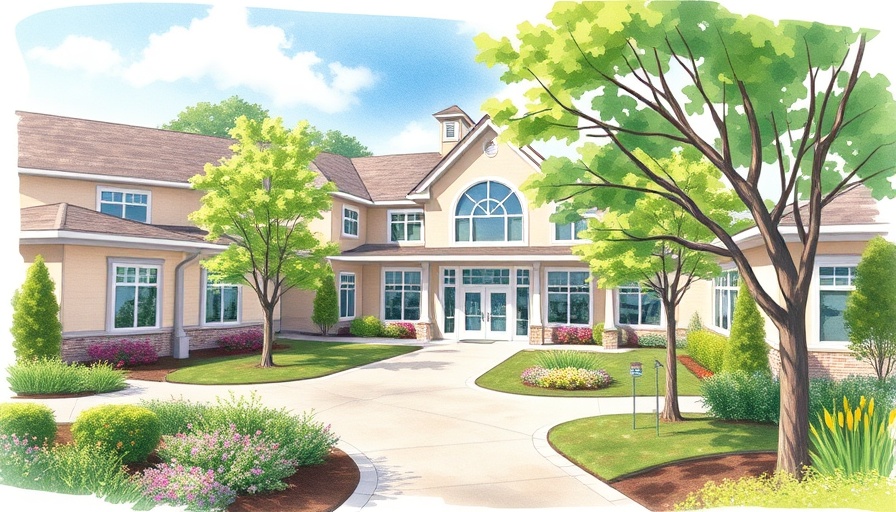
Shifting Perspectives on Senior Living
In recent years, attitudes towards senior living have evolved dramatically. Today's older adults increasingly seek independence, self-determination, and a rich social life, moving away from traditional caregiving models. According to the latest surveys, many seniors express an inclination to age in place, a model that emphasizes remaining in the community and home, rather than transitioning to more institutionalized care settings. This desire for autonomy signals a vital shift in expectations regarding elder care.
Challenges in Deployment of New Models
Despite these changing attitudes, deploying modern senior living solutions remains a significant challenge. Many innovative technologies aimed at facilitating aging in place, such as smart home systems and health monitoring devices, are available in the market yet face adoption hurdles. Factors like inadequate digital literacy among some seniors and a lack of awareness about available technologies contribute to slow uptake. The adoption of these solutions requires not only cutting-edge products but also education and support systems to ensure seniors can utilize them effectively.
The Role of Technology Making an Impact
Technological advancements, including artificial intelligence and telehealth services, play a crucial role in reshaping senior living. These tools not only offer enhanced connectivity and care management but also foster social engagement among older adults. For instance, platforms that enable video calls and virtual social activities have proven to combat loneliness, which is prevalent among seniors. Moreover, innovations like smart home technology help seniors maintain independence while ensuring they have access to immediate support when needed.
Engagement and Community Support
As we look forward, the integration of these technologies into senior living environments requires a concerted effort from families, communities, and policymakers. There is a growing recognition that community support plays an essential role in fostering a sense of belonging for older adults. Initiatives that encourage volunteer programs and intergenerational activities can enhance interactions between seniors and younger generations, creating valuable relationships that benefit both groups.
Future Opportunities in Senior Living Innovation
What does the future hold for senior living? The next few years will likely bring more personalized and flexible living arrangements for seniors, with technology continuing to lead the charge. Companies that can successfully bridge the technology gap for older adults will find ample opportunity. There is also an increasing demand for products and services that take into account the lifestyle preferences of older adults, driven by their own input and experiences. As we embrace these advancements, we move closer to a comprehensive model of senior living that respects the independence and unique needs of all older adults.
Wrap Up and Insightful Action
Staying informed about the latest developments in senior living can empower families and individuals involved in the care of older adults. Engaging with available technology and community initiatives is critical to fostering an inclusive environment where seniors can thrive. It’s time for stakeholders to collaborate and ensure that aging in place is not just a preference but a reality for more seniors. The responsibility lies with all of us to support this transformation and elevate the quality of life in senior living.
 Add Row
Add Row  Add
Add 




Write A Comment